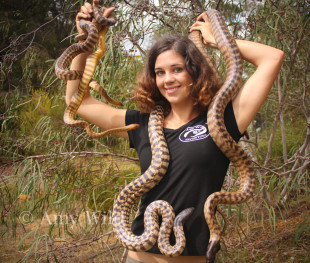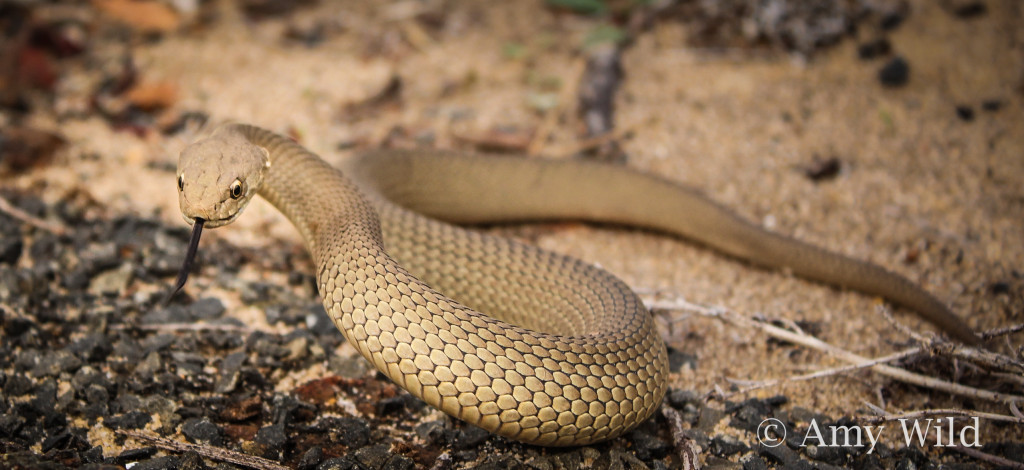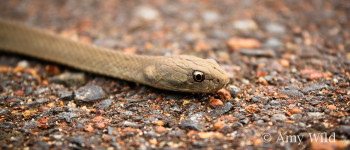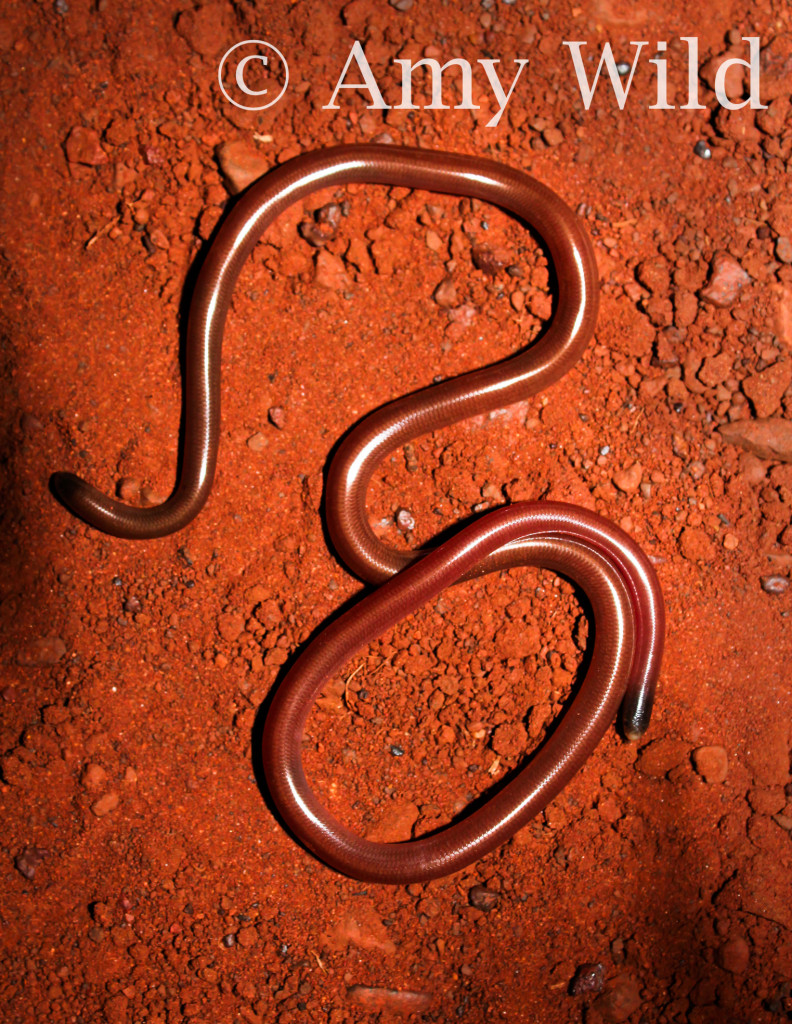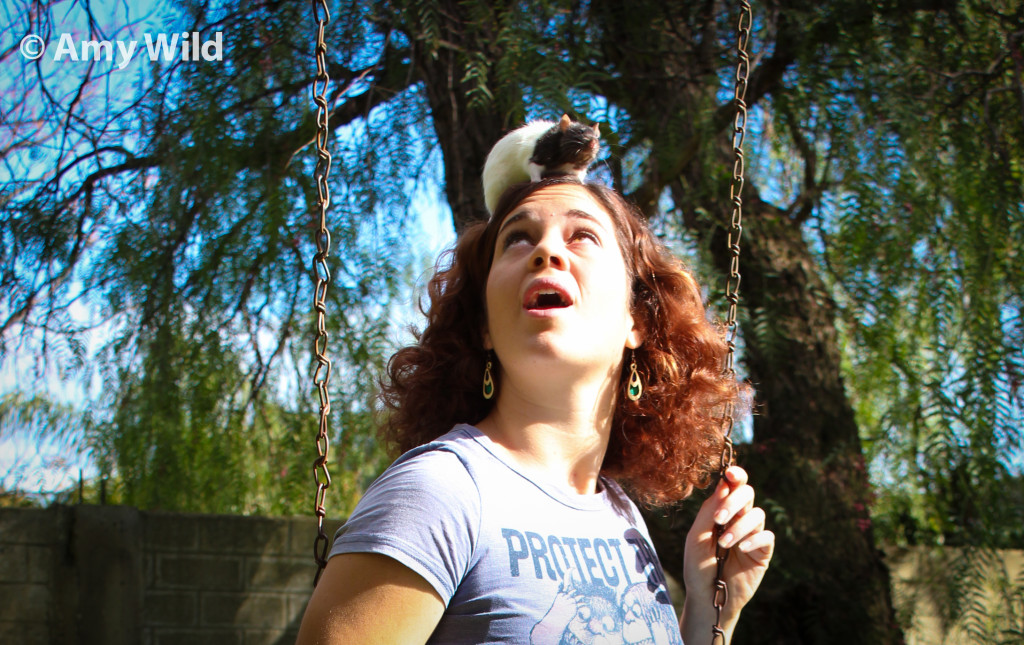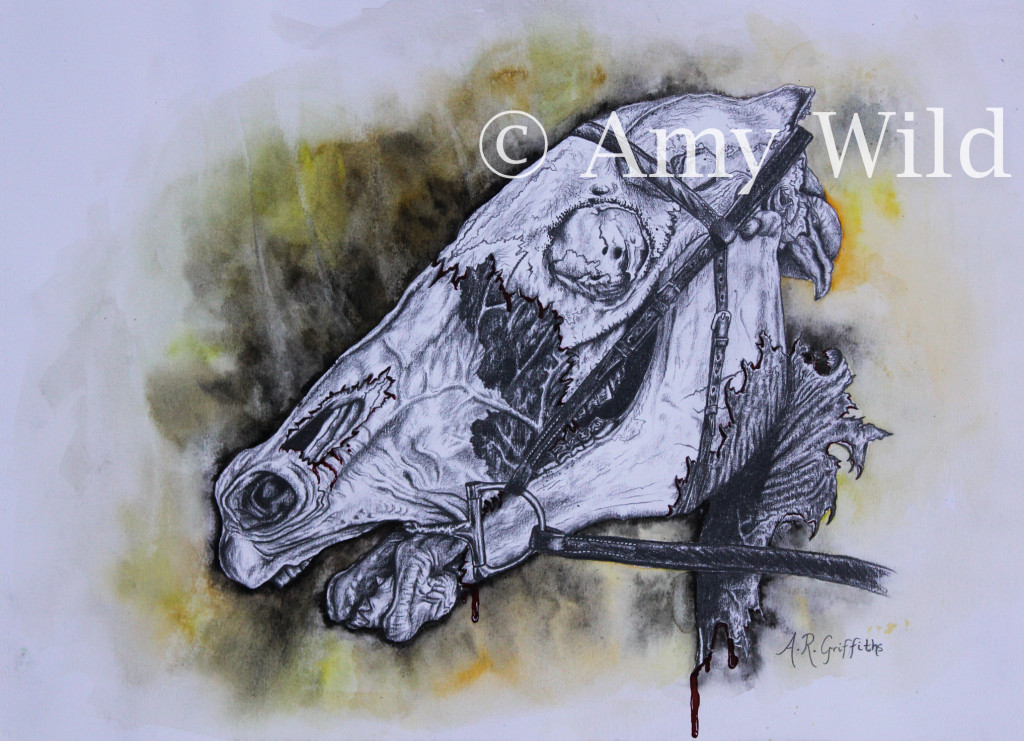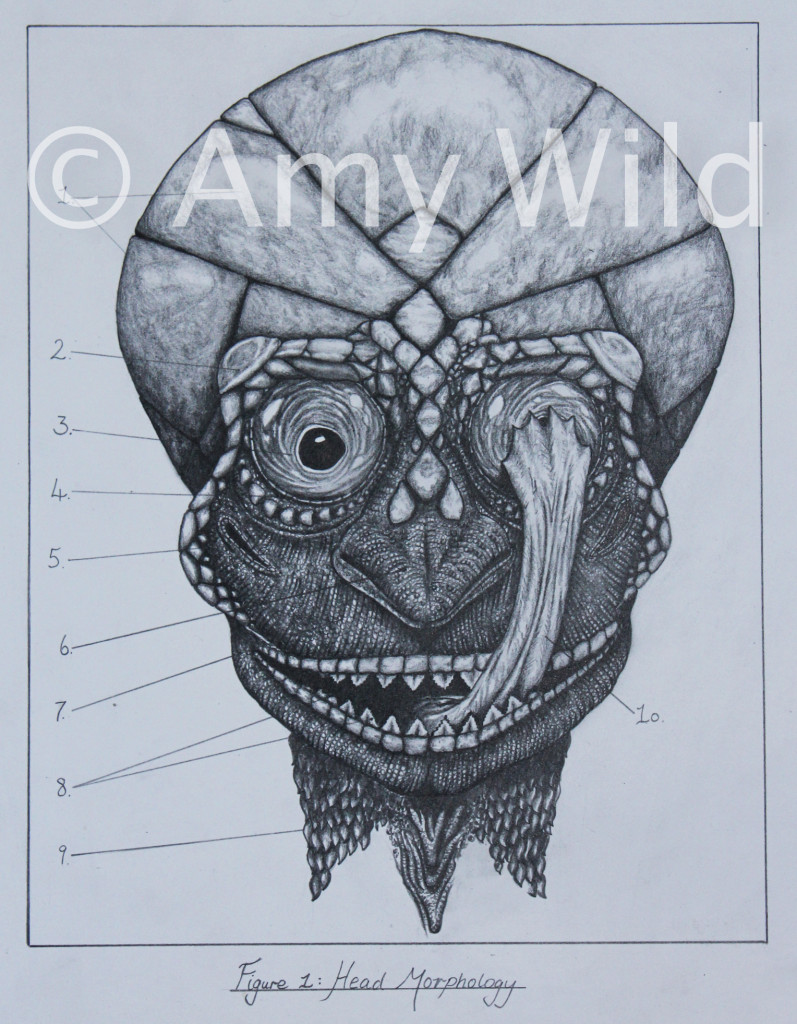Many Australians will be aware of the newly implemented ‘drum lines’ for sharks in WA – a series of large baited hooks, where any shark over three metres may be hooked, then ‘if deemed a threat’ shot in the head until dead and dumped in the ocean. It doesn’t matter that these sharks are considered under threat of extinction. Nor does it matter that the ocean is where they live, exclusively, and where we venture only on a recreational basis.
Truly, there are a plethora of reasons why I feel this cruel new practice for WA is immoral, ineffective, and a horrible waste of money. And did I mention illegal? White Sharks and Grey Nurse Sharks (a completely non-agressive, ultimately harmless species) are both classified under the EPBC Act as vulnerable. It is ILLEGAL to injure or kill these species. We have conservation plans to aid the survival of these species; what sense then is there in deliberately killing them?
Feeling sad now? Here’s a picture of the beautiful Tiger Shark to make you feel better; my first ever white charcoal on black paper sketch!

- Tiger Shark, Galeocerdo cuvier
The Tiger Shark is “only” listed as near threatened, but this situation is grave enough. This stunning species also brings me to my next point: the species of the first shark to be killed by the WA drum lines. Interestingly enough the very species of the first caught shark came under immediate contention; although it had to be pulled from the water in order to be shot, the fishermen doing the deed claimed it to be a Bull Shark; while experts were sure it was a Tiger. I am no shark expert, but I do know what the two animals look like and in my opinion the animal was blatantly a tiger, utterly without question. The offending article now seems to have been taken down; but Barnett at the time backed his fishermen over the experts. Of course. Most (but not all) articles now seem to agree on the actual species. If these fishermen are the people deciding which sharks are a threat and which aren’t; and they cannot distinguish a STRIPED animal from an unpatterened one… We and our sharks are in even more trouble than we thought. They could just as easily kill an utterly harmless Grey Nurse, also a threatened species and absolutely no threat to humans, and call it a Bull Shark! I myself have scuba dived with several huge Grey Nurses, and waved at the uncaring animals from all of ten centimetres away! A magnificent encounter it was indeed.
Finally, something for your own knowledge, safety and piece of mind. In 2012, 14 people were ‘attacked’ by sharks Australia-wide. Note this included 4 surf board bites with no human injury. There were only two fatalities. Of the 14 attacks, 86% were on surfers, 7% on scuba divers and 7% on snorkelers. Zero attacks on recreational by-the-shore swimmers. Eight of the attacks were by White Sharks (seven surfboarding, one snorkeler), two by Tigers, two by Bull Sharks and the remaining two by unidentified Whaler sharks. WA and NSW shared the bulk of attacks pretty equally. To see all the numbers yourself, see http://taronga.org.au/animals-conservation/conservation-science/australian-shark-attack-file/annual-australian-shark-attack-report-summary-2012
I feel this drives home not only the actual likelihood of a shark attack; but the even tinier one if you are doing anything other than surfing!
Now I’m going to tell you a story (yay!), about my only experience with a wild Tiger Shark.
I was acting as a research assistant for a sea grass research project near Shark Bay, WA. We were out on a fairly small boat looking for suitable patches of sea grass to conduct our measurements on. Matt, the leader of the project, thought he’d found one; so we stopped the boat and he jumped into the chest-deep water to begin scouting around. No sooner had I let go the anchor than John, another researcher, burst out “Pull up the anchor, pull up the anchor!!”
I glanced up at the water, wondering at the sudden urgency; and then I saw it. Between our boat and Matt was a giant dark shape, slowly drifting between us. It was unmistakably a shark-shadow, and a solid 3 m long. I pulled up the anchor.
Now at this point you might imagine we rushed to Matt to get him into the boat and safety. …Did I mention we had a photographer on board? He was very much a professional, and only with us for the day to see if he could document the research. Of course he wanted a picture of the shark. So instead John steered the boat between the quiet shark and Matt, telling him only that we were finding a better place to drop anchor; and slowly herded the shark away from him, while the photographer and I hung our torsos over the boat, arms and cameras plunged under the water in the hopes of scoring a semi-decent photo. All the while the Tiger Shark grudgingly moved away from the trajectory of the boat, like a reluctant child being nudged into the dentist’s chair. We got close enough that I could easily see the beautiful markings on the shark’s grey skin.
I have heard from another researcher that Tiger Sharks in Australia, particularly around the Shark Bay area where they are often seen, are very well fed on the plethora of turtles and large fish that live in great abundance there. Their behaviour is different to the much hungrier animals in other parts of the world – far less likely to be desperate enough to test a human as a potential meal.
Ultimately, sharks are fascinating animals. their potential threat to our safety exists only when we choose to put ourselves in their environment; and even then, despite the increasing shark hype, chances of ever encountering one, let alone being hurt by one, are incredibly minimal. There are all manner of shark species that you likely haven’t heard of with the strangest, most wonderful behaviours; I challenge you to learn about them! Look at the rare Thresher Shark, that leaps incredible heights into the air for no apparent reason. Discover the elusive Basking Shark, the slightly smaller cousin of the Whale Shark who spends his time cruising the surface, enjoying the sun and filtering away for tiny critters. Or the cookie-cutter shark who’s teeth are designed to take away perfectly circular, cookie-shaped bits of flesh from dolphins and fish. The list is endless.
Embrace and learn about our life; the more you do, the more clear it will become how important it is to understand and protect it, rather than to kill it out of fear.
Here are some more sites to look at; petitions and facts for your action and enjoyment!
Shark Cull Petition
Top 100 Shark Facts!
Western Australians for Shark Conservation
Australian Shark Attacks 2012
History of Shark Attacks in Australia
Stay Wild!!

